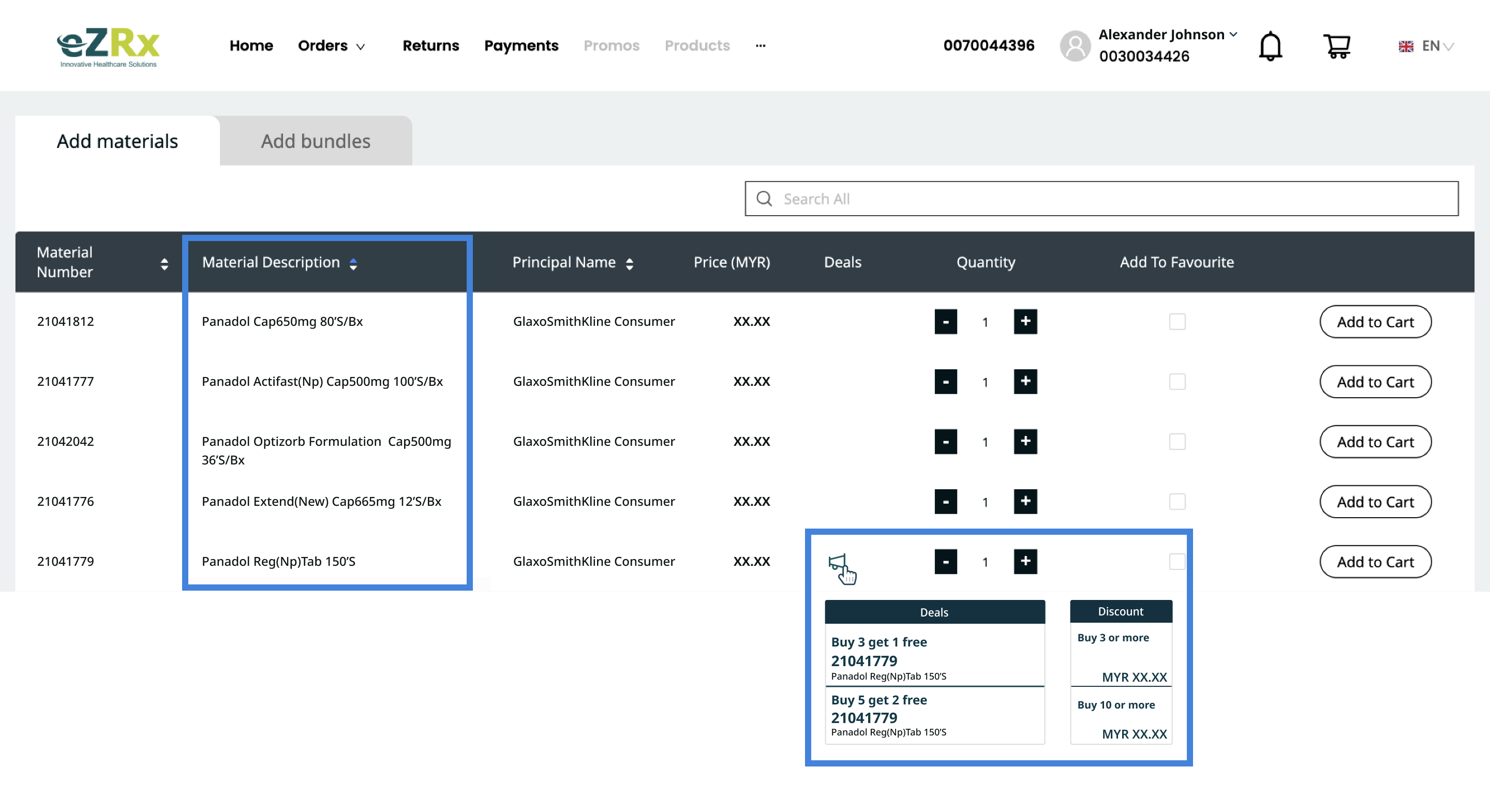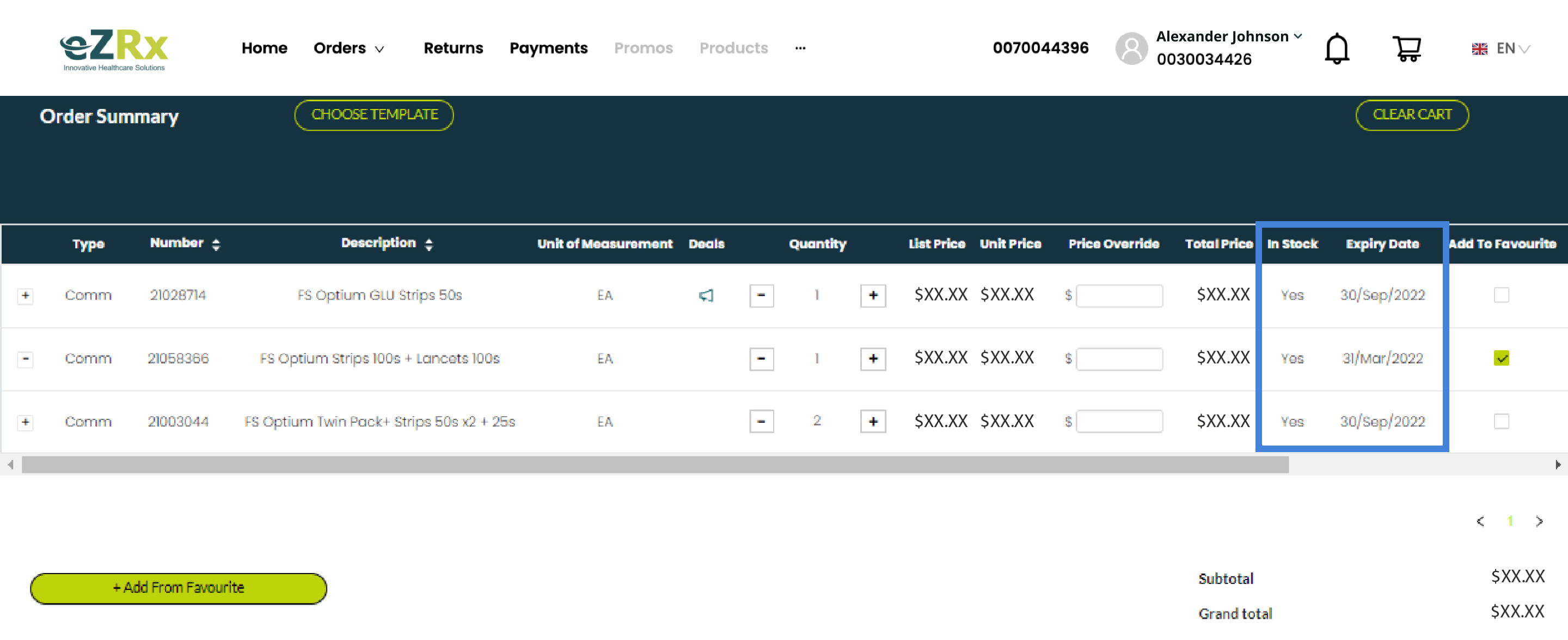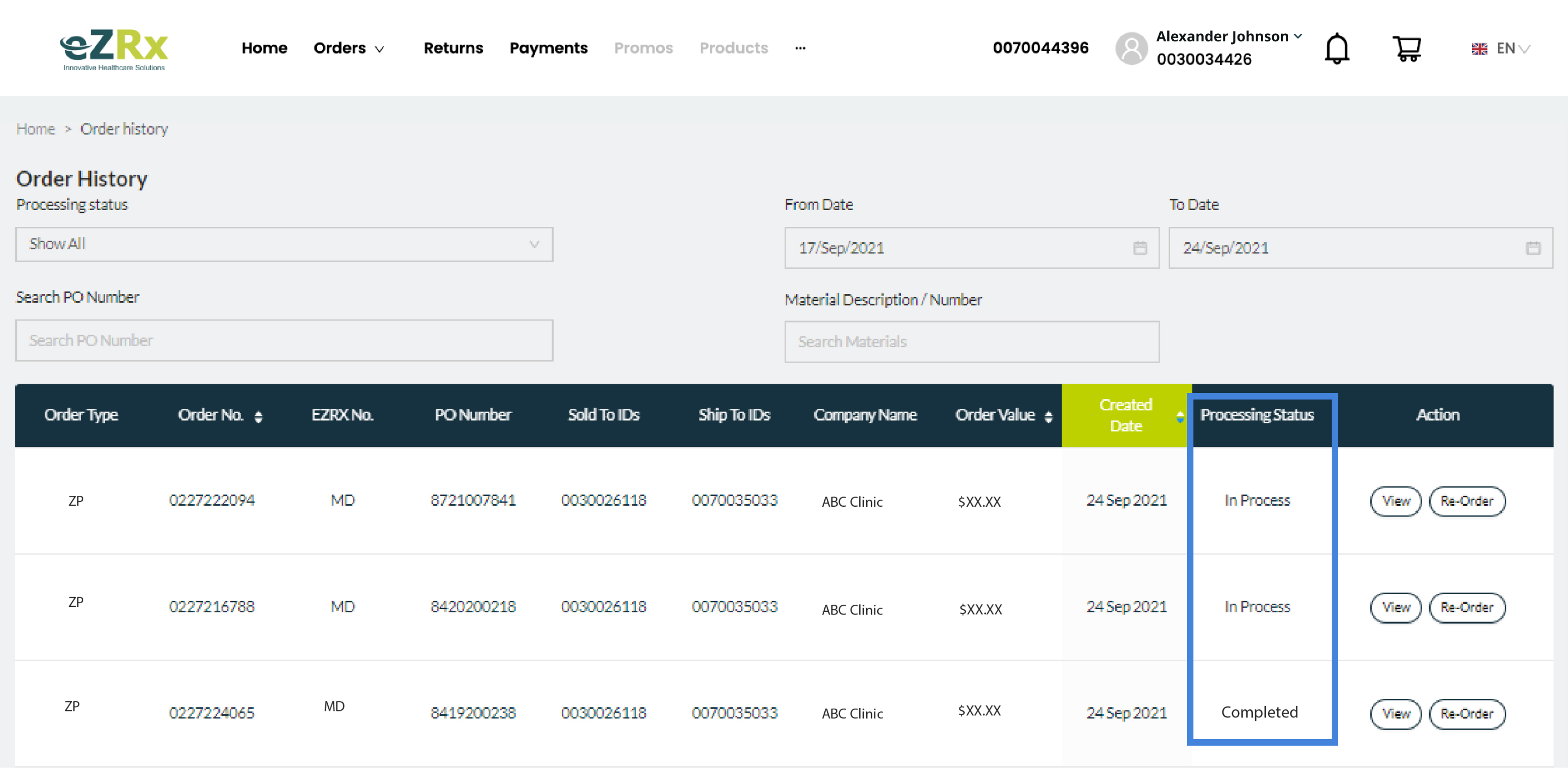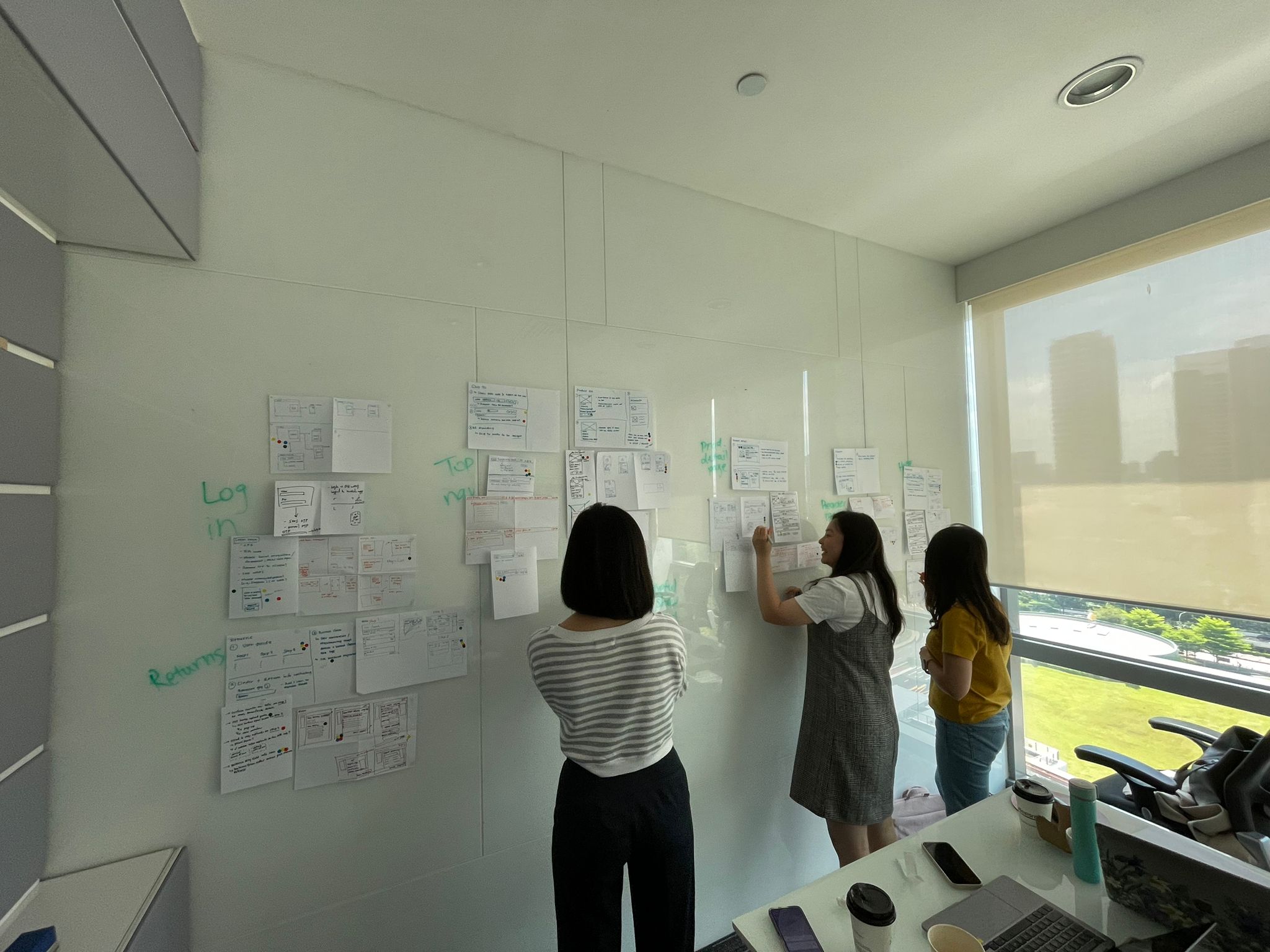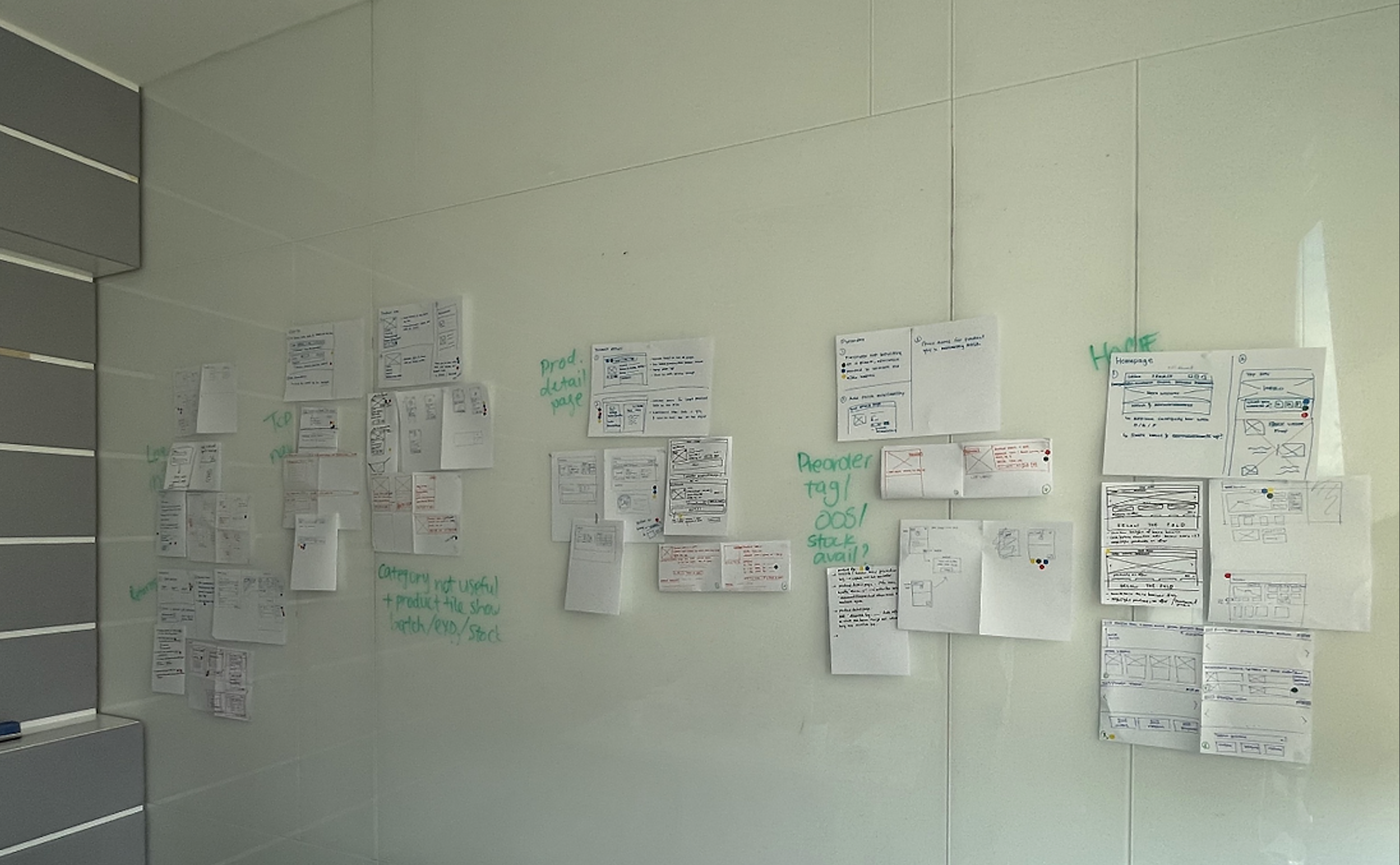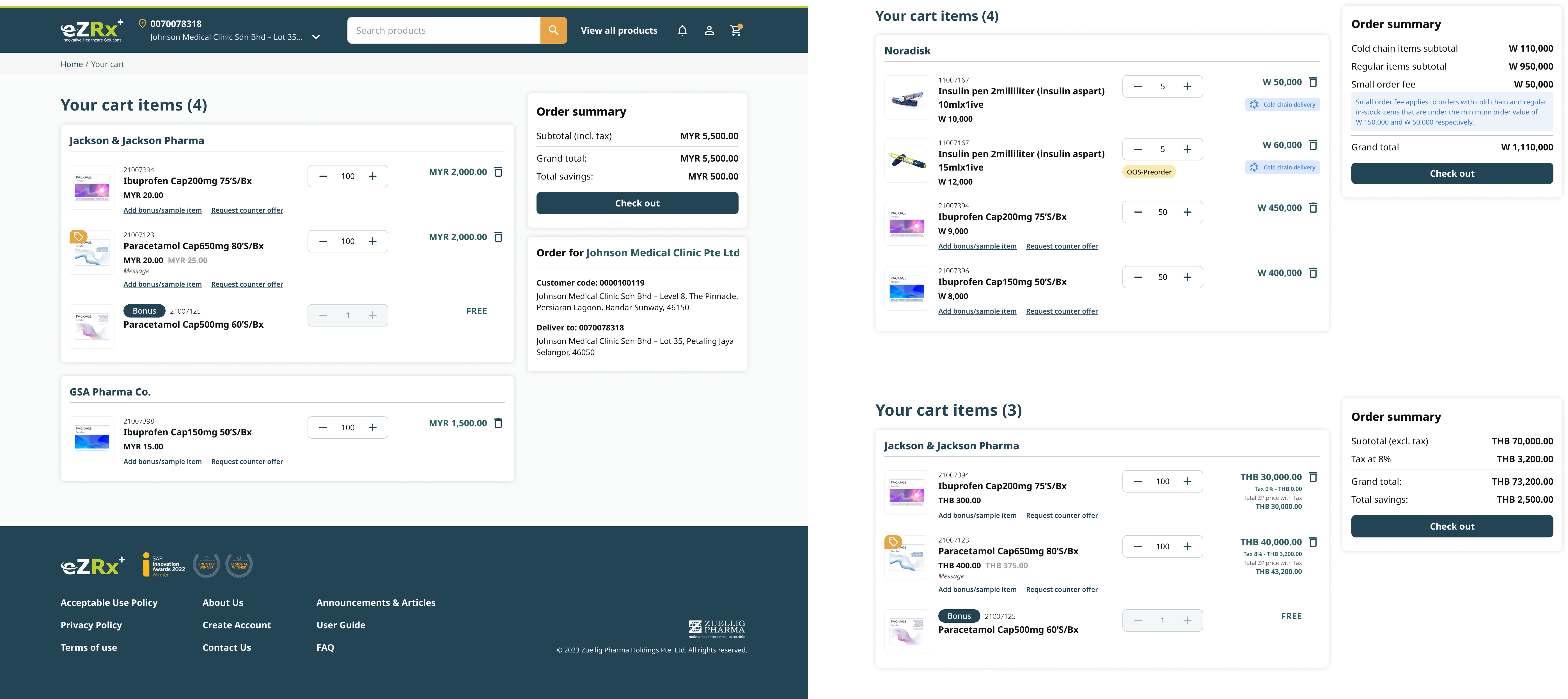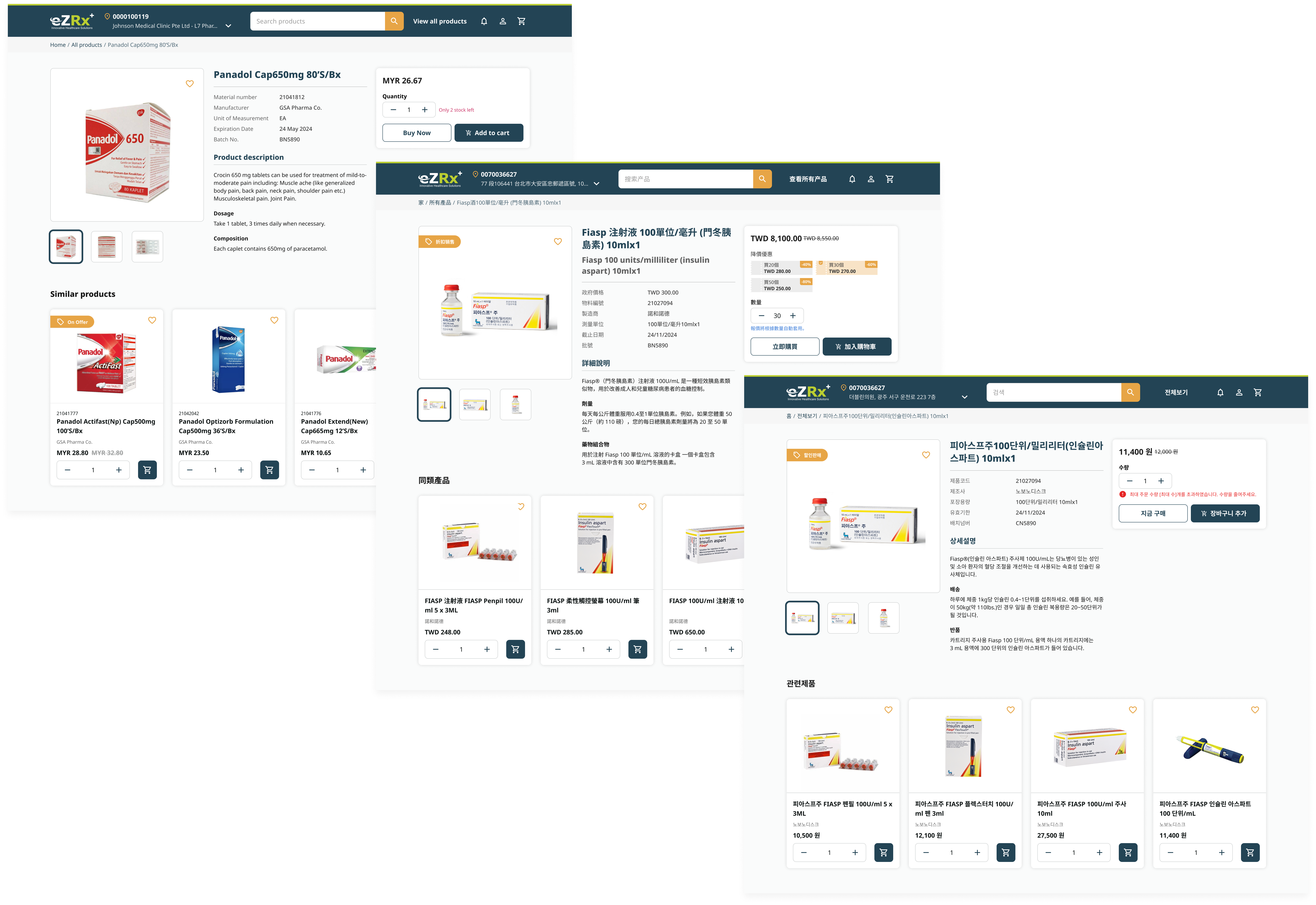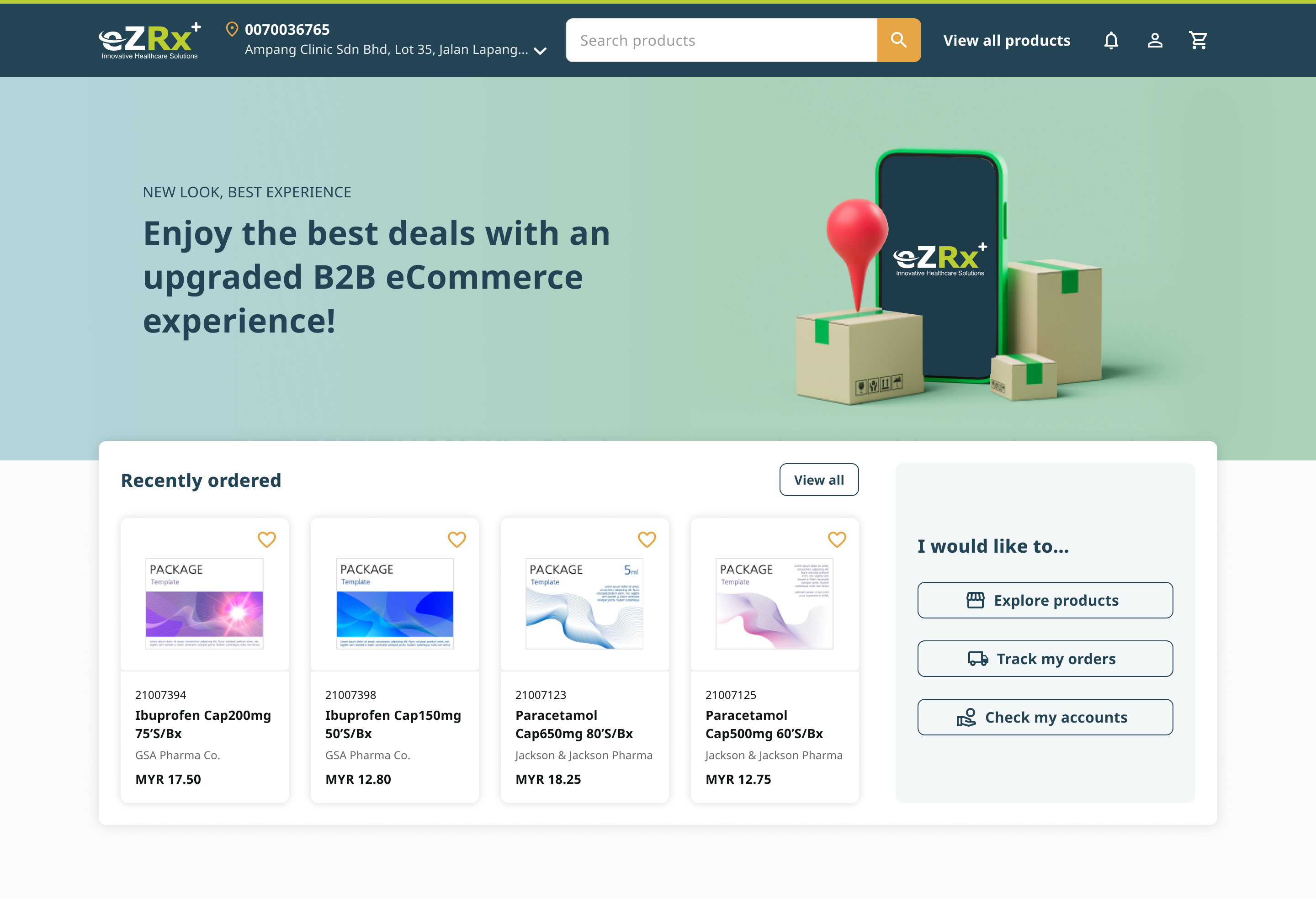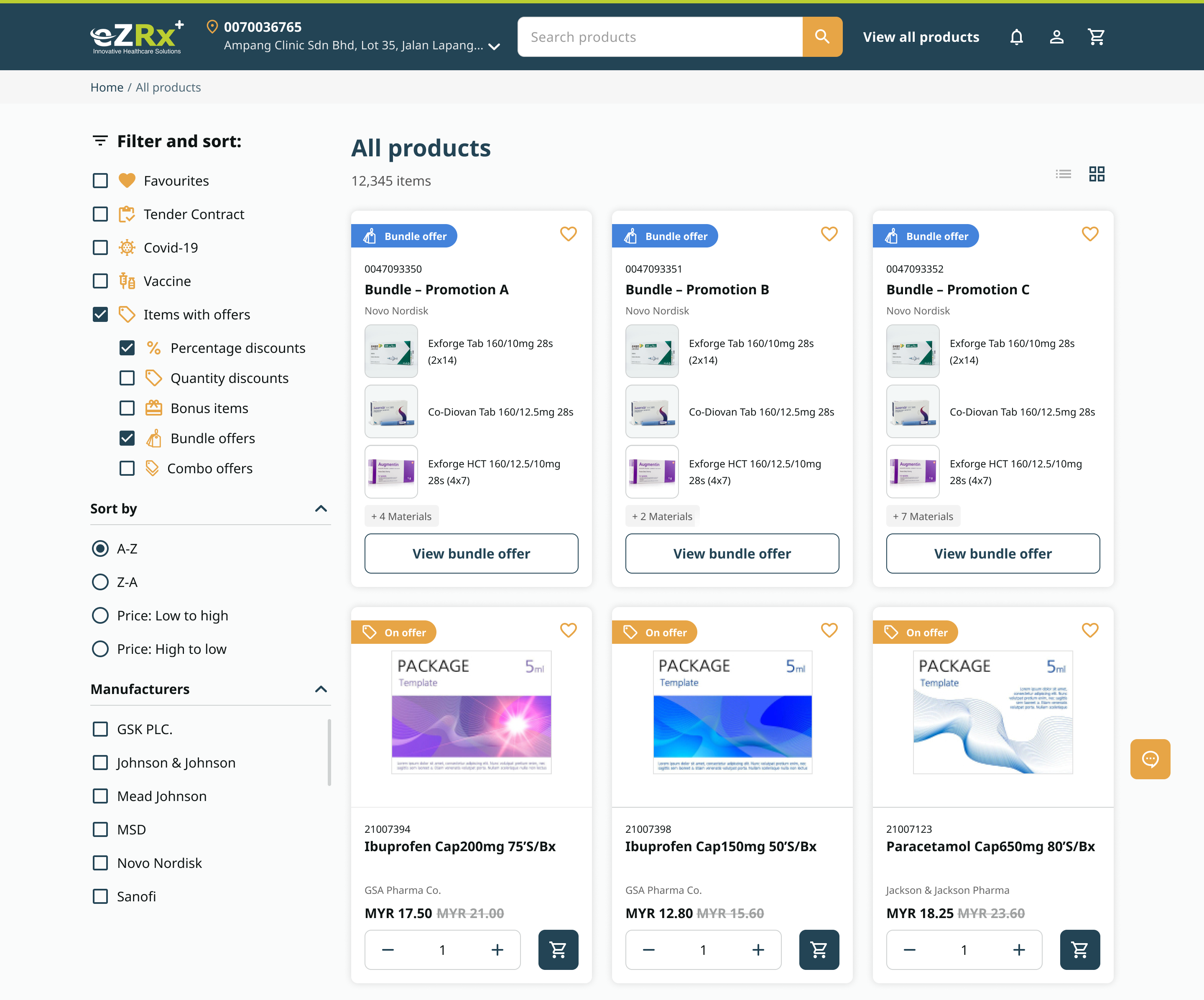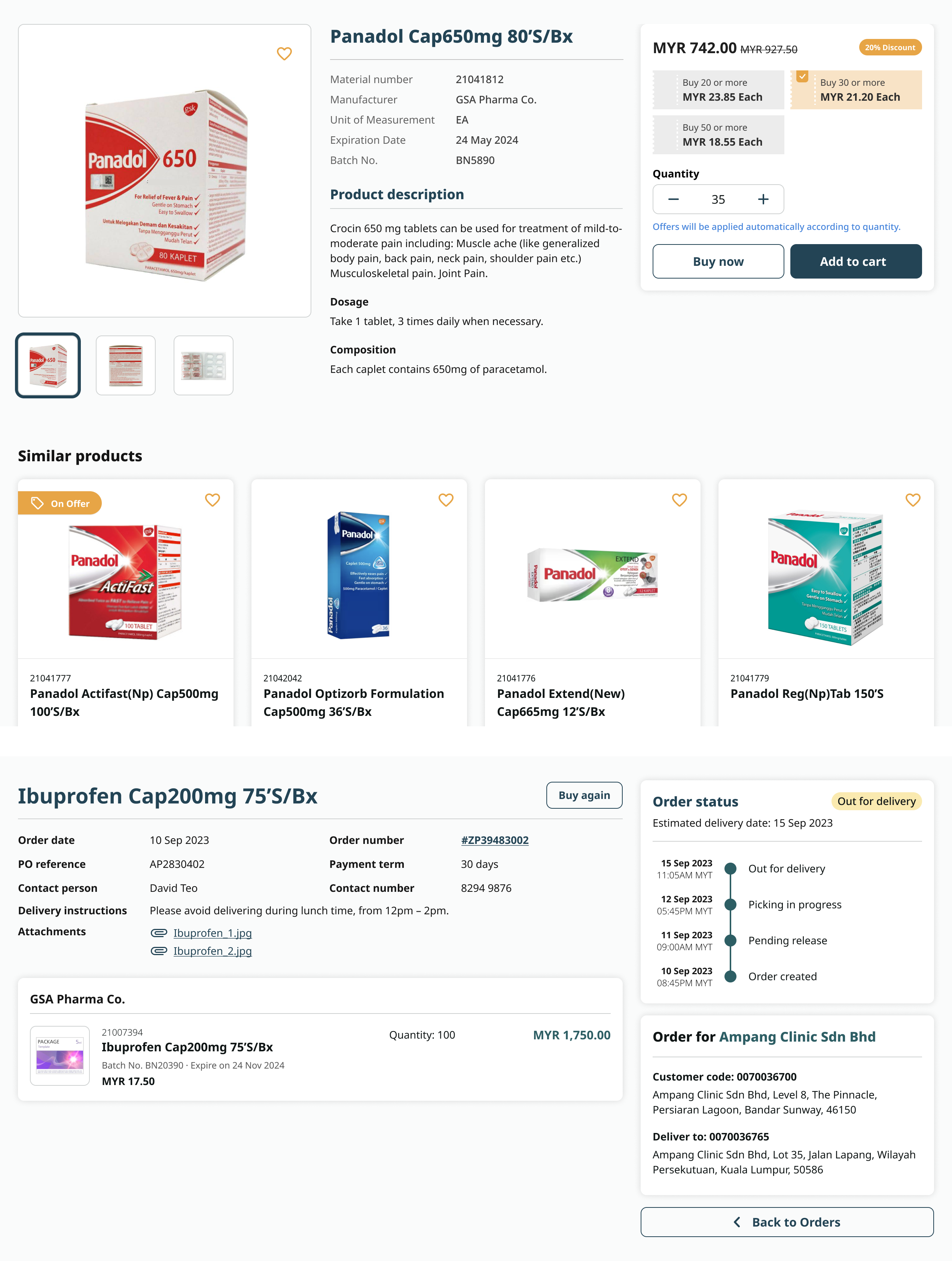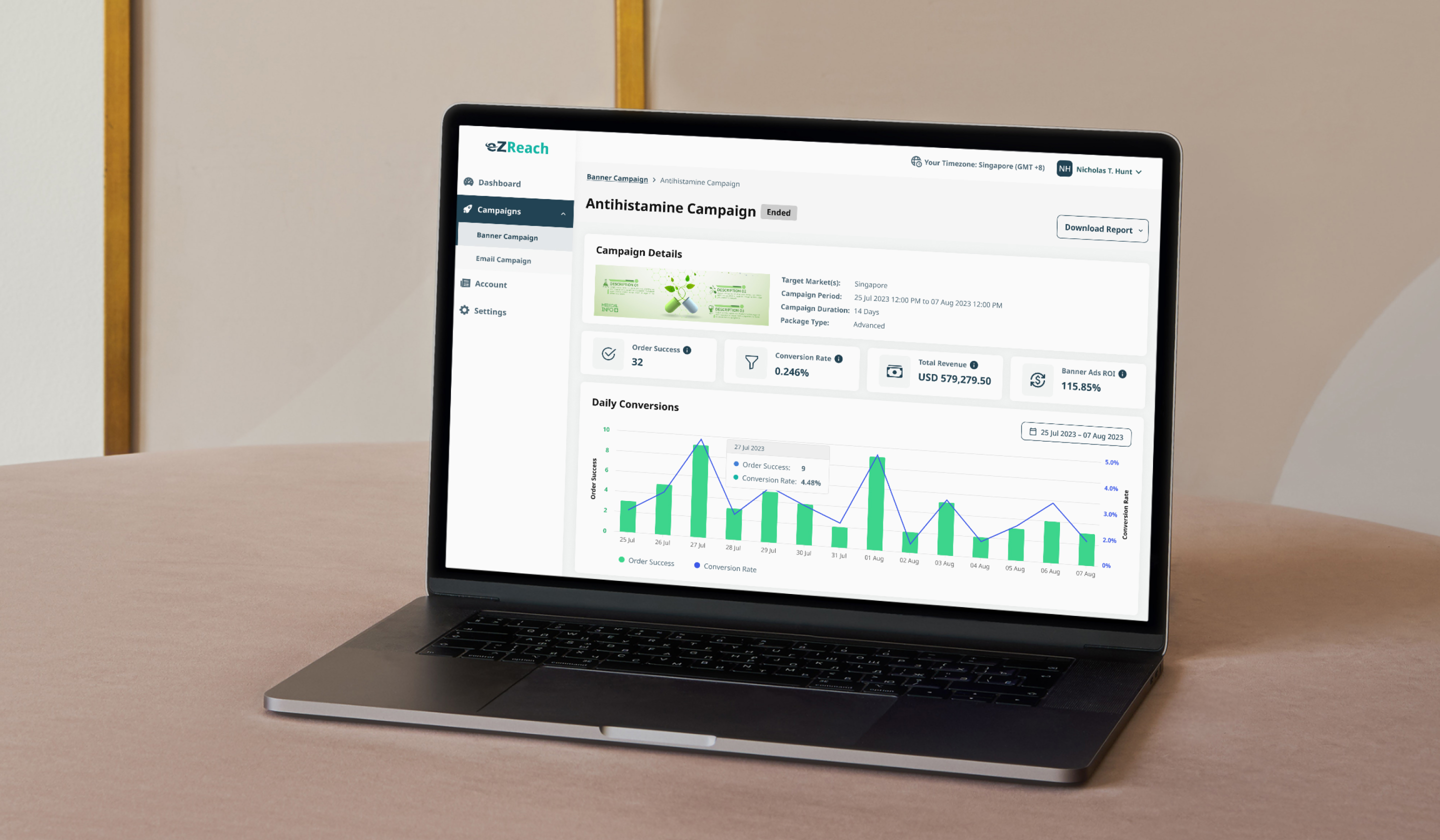Research Studies
Before diving into the solutions, we need to find out more about users' behaviors, pain points, and motivations for using eZRx.
Assisted by our Product Research Lead, Imran, we conducted an in-depth research study involving 17 customers of diverse operational scales and purchasing capacities. Below is a summary of the user groups.
|
Small Purchaser (x3) |
Medium Purchaser (x6) |
Large Purchaser (x8) |
| Type of customer |
- Independent medical supplier vendor
- Small clinic
|
- Retail pharmacy chain
- Clinics (with less than 10 branches)
|
- Medical centre
- Retail pharmacy chain (with more than 10 branches)
|
| No. of users |
- 1 Finance Assistant
- 2 Clinic Assistant
|
|
- 1 Wholesale GM
- 1 Wholesale Manager
- 1 Purchasing Manager
- 5 Purchasing Assistants
|
From the research insights, we identified three primary user archetypes and aligned them with their respective jobs to be done.
User Archetypes

Amirah Akirah
Clinic Assistant
The Multi-Tasking Assistant
Amirah uses eZRx daily to place orders and replenish drugs in the clinic based on the
doctor’s instructions. Working in a small clinic requires her to multi-task and juggle
between attending to the patient, prescribing drugs, and other administrative matters.
Jobs To Be Done
During the clinic’s downtime when I have fewer patients to attend to, I want to be able
to place orders quickly with my computer. I usually make repeat orders, with new drugs
required occasionally based on the patient’s needs.

Syakira Johari
Purchasing Assistant
The Budget-Savvy Purchaser
Syakira’s job requires her to conduct monthly stocktakes for all retail chain
pharmacies. She needs to place orders for large volumes of stocks and distribute these
stocks to all branches under her care.
Jobs To Be Done
I want to ensure a consistent supply of stocks to all retail chain pharmacies. Since I make bulk orders, I want to know what deals and promotions are available, so that I can make cost-effective purchasing decisions.

Muhammad Fazli
Wholesale Manager
The Efficient Communicator
Working in a large organisation with more than 100 pharmacies, Fazli needs to ensure a
constant supply of stocks to all branches. His job requires him to communicate
frequently with the branches to inform them of the order statuses and to assist the
branches in dealing with Zuellig Pharma's customer service team for any issues.
Jobs To Be Done
With the large volume of orders that I’m making, I want to have a smooth ordering
process where I can order and track at ease. I also want to have visibility of the
delivery statuses for all branches, so that I can communicate with the respective branch
managers.




